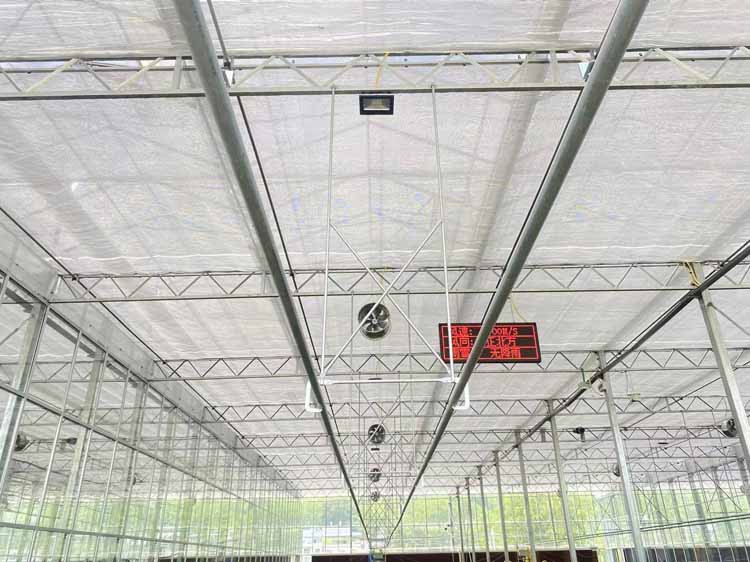How much do you know about vegetable premature aging in greenhouse vegetables?
2. What happens to premature aging?
When crops appear premature senescence, the first is yellowing of the bottom leaves, premature yellow spots and curling of the leaves, and finally the yellowing of the entire leaves, which affects the normal physiological function of functional leaves, which in turn reduces crop photosynthesis, resulting in poor crop growth and yield. Low.
3. What is the cause of premature senescence of crops?
In recent years, premature senescence of crops is common, and the damage caused by premature senescence seriously restricts the yield of crops. In the process of crop growth, if the problems such as slow growth and yellowing of functional leaves caused by insufficient fertilizer and water, unbalanced nutrition, etc. inhibit the growth of crops, in this case, the phenomenon of crop growth decline will occur. At the same time, due to environmental factors such as high temperature, water stress, light and other adversity or hormones, improper dosage of drugs and other factors will cause premature senescence of crops.
What causes premature aging in vegetable greenhouses?
1. The lack of trace elements in the construction of greenhouses causes yellowing of leaves, a decrease in photosynthetic efficiency, and limits the growth of crops With the large-scale application of chemical fertilizers and the continuous improvement of crop yields, the consumption of medium and trace elements magnesium (Mg) and zinc (Zn) is increasing year by year; or due to the antagonism between elements, such as potassium (K) and magnesium (Mg), phosphorus (P) and zinc (Zn), resulting in insufficient absorption of medium and trace elements by crops, resulting in a decrease in photosynthetic efficiency, limiting or affecting crop growth, and causing premature crop senescence.
The lack of trace elements such as magnesium (Mg) and zinc (Zn) leads to yellowing of leaves, affecting the photosynthetic rate, limiting the growth of crops, and causing a decrease in yield.
2. Unbalanced nutrition leads to the decline of crop physiological function, which is the main reason for premature senescence of crops
Crops often suffer from stunted growth and yellowing of functional leaves due to unreasonable nutrient supply and unbalanced nutrition, resulting in a decline in their physiological functions, premature senescence of crops, and reduced crop yields.
3. Adversity stress causes the growth of crops to be inhibited and causes premature senescence of crops
In the process of crop growth, it is inevitable to encounter adversity such as low temperature, high temperature, drought, etc. The damage of adversity to plants is mainly manifested in cell dehydration, membrane system damage, and enzymatic activity affected, which leads to cell metabolism disorder and causes damage to crop growth. effects, which in turn lead to premature senescence of crops.








